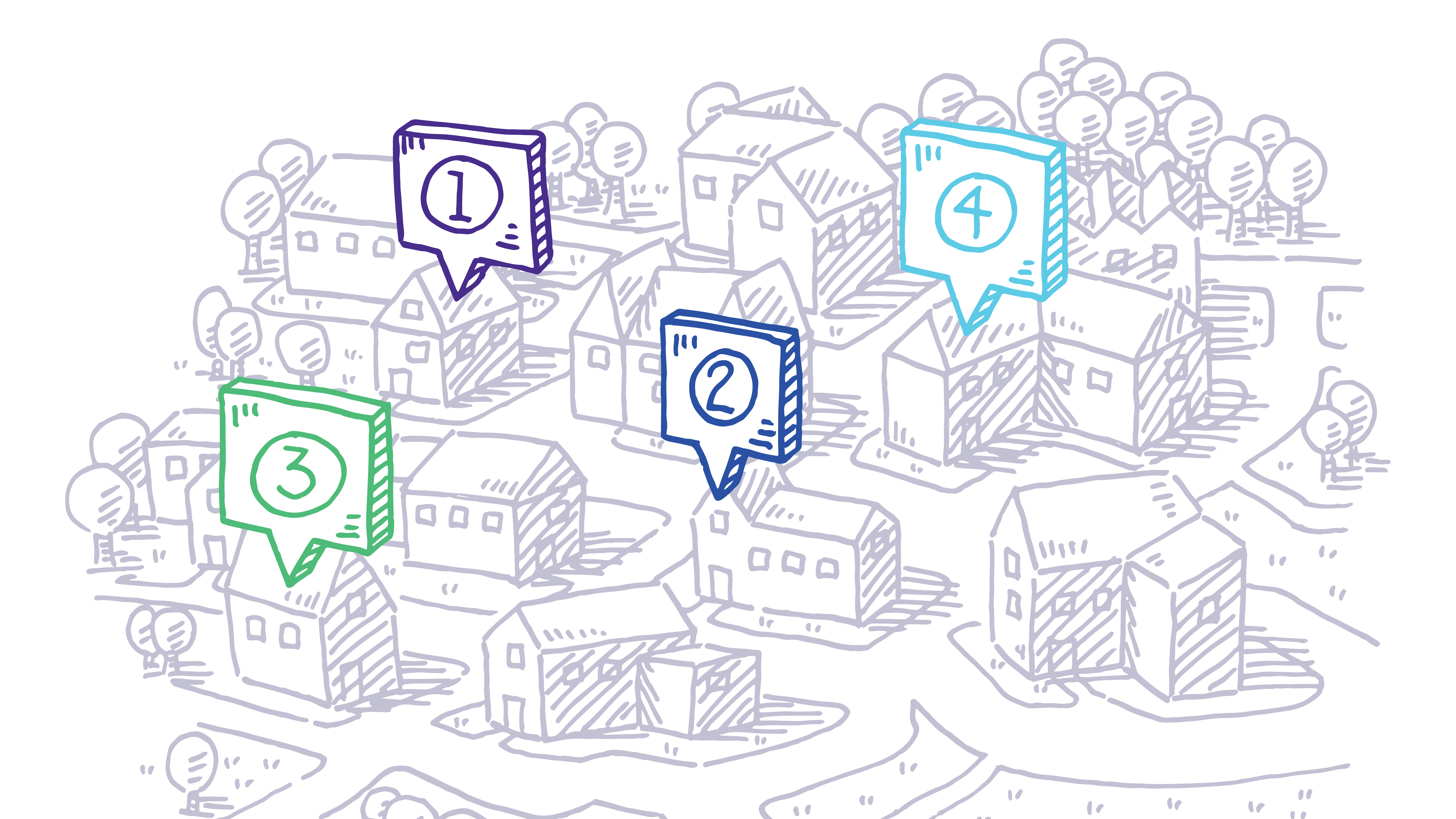Understanding the 4 Types of Home Refinance Loans
Unless you have one very powerful crystal ball, life can be difficult to predict. Your family’s wants and needs, your living situation, and the financial environment can all change drastically. You may choose to adapt by refinancing your home. A refinance occurs when the previous interest rate, payment schedule, and terms of the previous credit schedule are revised based on a reevaluation of the borrower’s financial status. Here are four types of refinance loans you may encounter:
Type 1: Rate-And-Term Refinancing
With a rate-and-term refinance loan, the original loan is paid off and replaced by a new loan with lower interest. Typically, this is driven by a drop in market interest rates. Borrowers take advantage of the reduced interest rate by lowering their monthly payments or paying off their loan faster.
Here are two sample scenarios using rate-and-term refinancing. In both scenarios, the homeowner has a 30-year mortgage they’ve been paying for 10 years.
Option A: The homeowner can use the lowered interest rate to achieve a lower monthly payment, but their new 30-year loan restarts, adding 10 years of repayment.
Option B: The homeowner can use the lowered interest rate to swap their 30-year loan for a 15-year loan. Monthly payments may not increase significantly, because the original loan amount has been partially paid AND interest rates are reduced.
Type 2: Cash-Out Refinancing
Cash-out refinancing is the most common of all types of refinance loans when your home has increased in value. This refinance option involves withdrawing the value of the home (also called equity) in exchange for an increased loan amount. Typically, borrowers will pay a higher interest rate because there’s an increased risk that the borrower will keep the cash and abandon the loan payments.
Example: If a home is worth $300,000 and the borrower owes $200,000, they have $100,000 in equity. With cash-out refinancing, the borrower could withdraw $45,000 in cash and the amount will be added to the principal of the new home loan. The principal on the new mortgage loan will be $245,000.
Type 3: Cash-In Refinancing
Cash-in refinancing allows the borrower to pay down a portion of the loan to achieve a lower loan-to-value (LTV) ratio, smaller loan payments, or to avoid or cancel mortgage insurance.
Example: A homeowner’s loan balance is at about 90% LTV. They provide 10% in cash, dropping their LTV to 80%. They secure a cash-in refinance at a lower interest rate, cancel their mortgage insurance, and reduce their overall loan amount.
Type 4: Consolidation Refinancing
Consolidation refinancing would not apply to a mortgage loan specifically, but sometimes things like student loans can be consolidated into a new mortgage loan to lower interest paid on the debt. This is also known as “debt reshuffling.”
Example: A married couple with $30,000 in student loans at a 7% interest rate rolls the amount into their mortgage at a 4.5% interest, reducing the dollar amount paid over the length of the loan.
This can be a risky refinance. Borrowers should avoid consolidating debt that could be discharged by bankruptcy into a mortgage loan that is impossible to pay each month. Similarly, student loans offer some level of flexibility in repayment, which is forfeited when the student loan is consolidated into a mortgage loan.
Remember: it’s important to have a specific goal when refinancing. While assessing your options, ask yourself, “how will refinancing serve long-term financial goals?” Keeping a clear picture of how refinancing fits into your future can ensure that you’re on the right path. It’s wise to discuss your options with a trusted mortgage professional before making big money moves.
References
- Clint Prom (Aug 2019). Understanding the Fed Interest Rate and How It Impacts You.
- Adam Hayes (May 2019). Loan-To-Value Ratio – LTV Ratio Definition.
- Sean Pyles (Sept 2019). What Is Bankruptcy?








